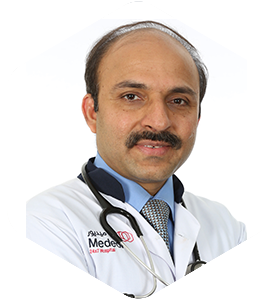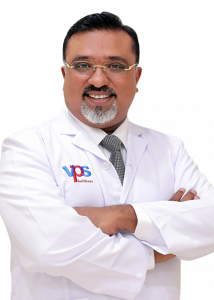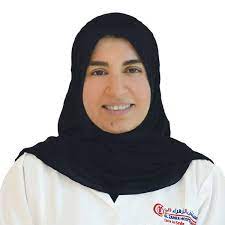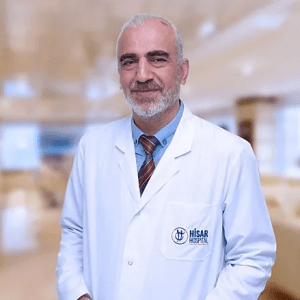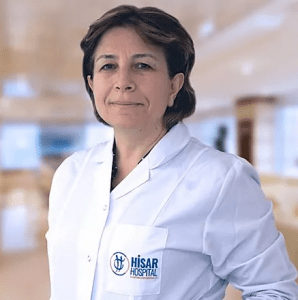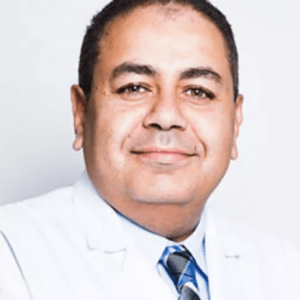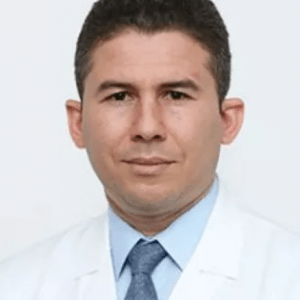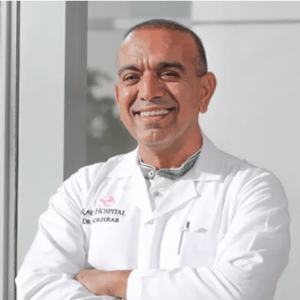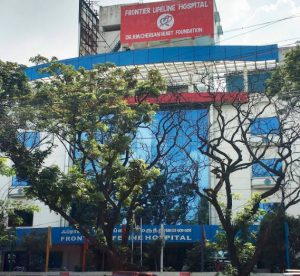Cardiac syndrome X
WHAT IS CARDIAC SYNDROME X? Cardiac syndrome X is characterized by angina-like chest pain, due to decreased blood flow to the heart, even when the coronary arteries are normal, thereby compelling the heart to work harder. About 20,000 new cases of cardiac syndrome X are reported in the United Kingdom each year, and it is […] Read More
Top Doctors For Cardiac syndrome X Treatments
Top Hospitals For Cardiac syndrome X Treatments
Cardiac syndrome X
- The pain and its pattern, to rule out other causes of the pain.
- Your medical history.
- Your lifestyle habits, such as smoking, drinks, diet, and exercise.
- Family history of CSX.
- Blood pressure (BP) reading.
- Blood Test
- Electrocardiogram (ECG)
- Angiogram Test
- Calcium-chemical blockers help lower blood pressure.
- Beta-blockers can lower stress on the heart and blood vessels.
- Angiotensin-converting enzyme (ACE) inhibitors, used for high blood pressure and heart failure.
- Ranolazine (Ranexa) for chest pain.
- Statins are used to reduce the level of cholesterol in the blood.
- Atorvastatin.
- Fluvastatin.
- Pravastatin.
- Rosuvastatin.
- Simvastatin.
Symptoms
CARDIAC SYNDROME X SYMPTOMS
The most common symptoms of cardiac syndrome X include:
- Aches.
- Arterial spasms.
- Tightness.
- Chest pain.
- Pains in the arms, jaw, neck, or stomach.
RISK FACTORS OF CARDIAC SYNDROME X
Certain factors may likely make cardiac syndrome X develop. Such factors may include:
- Obesity.
- Smoking.
- Mild arthritis.
- High blood pressure.
- High cholesterol level in the blood.
- Women during and after menopause.
- Abnormal pain perception (leading to chest pain).
- Diabetes mellitus (contributing to endothelial dysfunction).
Causes
CAUSES OF CARDIAC SYNDROME X
Some mechanisms that have been proposed to result in cardiac syndrome X include:
- Endothelial dysfunction (MVA).
At present, this seems to be the prevailing theory.
- Abnormal autoimmune control.
- Myocardial ischemia.
- Insulin resistance.
- Altered cardiac sensitivity.
- Estrogen deficiency.
FAQ
Is cardiac syndrome X genetic?
CSX is currently accepted to be a heterogeneous clinical diagnosis that includes genetic, coronary micro-vascular, metabolic, hormonal, and cardiovascular risk factors.
What are the symptoms of cardiac syndrome X?
CSX (cardiac syndrome X), a condition characterized by angina-like chest discomfort, ST-segment depression during exercise, and normal coronary epicardial arteries at angiography, has the highest prevalence in post-menopausal women. The most common symptoms of cardiac syndrome X include aches, tightness, chest pain, and pains in the arms, jaw, neck, or stomach.
What causes cardiac syndrome X?
CSX is associated with endothelial dysfunction, inflammation, oxidative stress, or estrogen deficiency. The underlying causes may be sudden narrowing (spasm) of normal coronary arteries without any thermal.
Is there a cure for cardiac syndrome X?
CSX is treated with lifestyle modification, including diet, exercise, smoking cessation, and weight reduction. A cardiac-prudent diet is advised. Pharmacotherapy may involve the use of anti-anginal agents like beta-blockers (first line of therapy), calcium channel blockers, and nitrates.
Is micro-vascular angina a heart disease?
A type of cardiovascular disease known to physicians as microvascular angina affects the heart’s tiniest arteries and causes chest pain. The disease is sneaky in that it does not show up on traditional heart scans but is linked to serious health outcomes, like heart attacks


